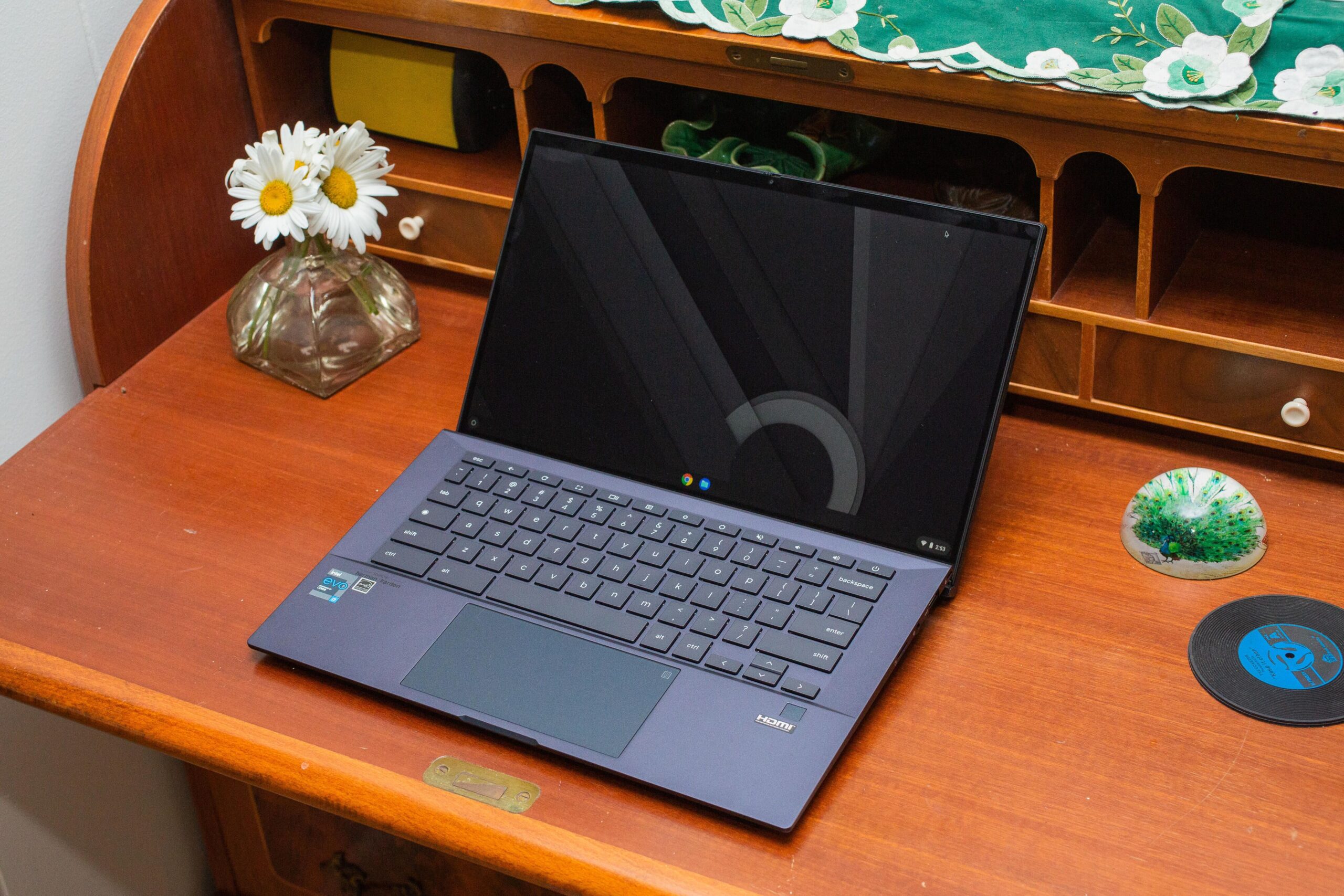That said, you can always do a little more to stay safe. In addition to its built-in security features, there are a few features you can enable to add some extra protection for you and your Chromebook. So whether you just got a new Chromebook or you’re spending some extra time using one this holiday season, here are some steps you can take to keep you and your data secure.
Post Contents
Turn on your Google account 2FA
One of the strengths of Chrome OS and Chromebooks is how easy Google makes it to sync your experience between devices using your Google account. Sign in to any Chromebook with your account and within minutes it’s personalized from your bookmarks to apps to the wallpaper on your desktop. This also means a strong and unique password is essential for tight security.
Along with a tough password, though, you should turn on two-factor authentication (2FA), which is a second step to verify that it’s you signing in. Go to the Security section on your Google account page. Scroll down to the Signing in to Google box and click on 2-step Verification. There you’ll be able to choose different methods for verifying your identity such as having a text message sent to your phone, using Google’s Authenticator app or generating backup codes.
Keep Chrome up to date
Like other operating systems, Google issues regular updates with the latest security fixes. Google sends these updates to your Chromebook automatically and downloads them in the background without interrupting your work. However, it’s up to you to restart your Chromebook to install the update. When your Chromebook is ready to be updated, you’ll get an Update available pop-up notification and you’ll see an arrow icon on your browser’s toolbar at the upper right. Select Restart to Update and you’re done.
You can also look for updates on your own. Go to Settings and at the bottom of the left panel look for About Chrome OS. Under the heading Google Chrome OS click the Check for updates button. If an update is available, it will download and then give you the option to restart to install right then and there or you can do it later. But again, installing and restarting is the best way to make sure you have the latest security fixes for Chrome OS.
Read more: You can reset your Chromebook in under a minute. Here’s how
Turn on Guest mode
If you share your Chromebook with friends and acquaintances, then you need to get acquainted with Guest mode. It lets someone use your Chromebook without being able to touch your Google account. Not only does it keep them from accessing your data and files, but it also prevents them from messing up your settings. A guest’s browsing history, cookies, bookmarks and downloads will be trashed after they are done using your Chromebook and you exit Guest mode and log back into your account.
Guest mode should be enabled by default, but to make sure it is, you can go to Settings and in the People section, click Manage other people and check to see that Enable Guest browsing is toggled on.
To launch Guest mode, log out of your account (the quickest way is to hit Ctrl-Shift-Q twice) and then click Browse as Guest at the bottom of the screen.
You can take things a step further and enable Restrict sign-in to the following users. This setting, also listed under Manage other people, will only allow those accounts you’ve given permission to sign in to the Chromebook.
Switch to sleep locking
Close the lid on your Chromebook and it goes to sleep. Open it back up, and your Chromebook springs awake. It’s certainly easy this way, but if you are worried about others accessing your sleeping Chromebook when you are away (or slumbering yourself), you can set it to lock when it sleeps and require a password when it awakes.
Go to Settings and click Screen lock and sign-in in the People section. Next, enter your password and toggle on Show lock screen when waking from sleep. If you have a long, complicated password that you’d rather not need to enter each time you wake up your Chromebook, select PIN or password and then click the Set up PIN button and choose a six-digit (or more) PIN that you can use instead of your password to unlock your Chromebook.
Add HTTPS Everywhere for everyone
Created by Electronic Frontier Foundation and the Tor Project, this Chrome extension will use the HTTPS version of a site when available. Many sites default to unencrypted HTTP, and HTTPS Everywhere will request the HTTPS version. If using the extension breaks a site you are trying to access, then you can click its button to disable it. And for the super-security-conscious, you can check a box to block all unencrypted sites.

